How to Choose the Right Compression Fittings for Your Plumbing Needs
In the ever-evolving landscape of plumbing, the choice of the right components can significantly impact both the efficiency and durability of any system. According to a recent report by the Plumbing Manufacturers International (PMI), improper fittings account for over 25% of plumbing system failures, leading to costly repairs and water wastage. Among various types of fittings available, compression fittings stand out due to their ease of installation and ability to create a secure seal without soldering. This makes them ideal for both DIY enthusiasts and professional plumbers alike. However, selecting the correct compression fittings for your specific plumbing needs can be a daunting task, given the multitude of options available.

In this blog, we will explore essential factors to consider when choosing compression fittings, ensuring your plumbing system operates efficiently and effectively for years to come.
Understanding the Basics of Compression Fittings and Their Applications
Compression fittings are essential components in plumbing, offering a reliable solution for joining pipes without the need for welding or soldering. Understanding their fundamentals is crucial for making informed decisions tailored to your project’s requirements. According to a report by the Global Plumbing Fittings Market, the demand for compression fittings is expected to grow by 7% annually, driven by increased construction activities and renovations. The key lies in selecting the right fitting, which must match the diameter and material of your pipes to ensure leak-free connections.
The primary application of compression fittings spans residential and commercial plumbing, particularly for copper, plastic, and PEX piping systems. A recent study published in the Journal of Plumbing Engineering highlighted that over 30% of plumbing failures can be attributed to improper fitting selection or installation. As such, understanding the specific needs of your plumbing setup—such as pressure requirements and environmental factors—will aid in choosing the appropriate compression fittings. By evaluating materials, sizes, and the intended application, you can significantly enhance the longevity and efficiency of your plumbing system.

Factors to Consider When Selecting Compression Fittings for Plumbing
When selecting compression fittings for plumbing, it's essential to consider several key factors to ensure a reliable and durable installation. The material compatibility of the fittings with your pipes is crucial; for example, using brass or stainless steel fittings with copper pipes can provide a robust solution. According to industry reports, compression fittings are often preferred for their ease of installation and ability to create a sound seal, making them ideal for various plumbing applications.
Another important factor is the pressure rating of the fittings. Ensure that the compression fittings chosen can handle the operating pressure of your plumbing system. Many fittings are tested to meet or exceed standard pressure ratings, typically around 150 PSI for residential systems. Additionally, consider the location of installation—outdoor settings might require fittings with enhanced corrosion resistance.
**Tips:**
1. Always check the manufacturer specifications for the pressure limits of the fittings.
2. Clean the pipe ends thoroughly before installation to prevent leaks.
3. When in doubt, consult with a plumbing professional to ensure you choose the right fitting for your specific needs.
Compression Fittings Selection Factors
Different Types of Compression Fittings: A Comprehensive Overview
When it comes to plumbing, selecting the right compression fittings is crucial for ensuring a leak-free and efficient system. Compression fittings are widely used in plumbing applications as they connect pipes without requiring soldering or welding. Understanding the different types of compression fittings available is essential for making an informed choice that suits your specific plumbing needs.
The most common compression fittings are made from materials such as brass, copper, and plastic, each offering unique benefits. Brass fittings are known for their durability and resistance to corrosion, making them ideal for both water and gas lines. In contrast, plastic compression fittings, such as those made from CPVC or PEX, are lightweight and easy to install, suitable for residential plumbing where flexibility and cost-effectiveness are key. Interestingly, the choice of fitting type often corresponds with the plumbing material being used, whether it’s copper, CPVC, PVC, or PEX, each necessitating compatible fittings to maintain system integrity.
Additionally, it’s important to consider the size and pressure ratings of the fittings to ensure they are compatible with the intended application. High-pressure environments may require specific types of fittings designed to withstand increased stress, while standard residential plumbing may utilize more basic options. By understanding the nuances of each type, homeowners and plumbers can select the right compression fittings that truly meet the demands of their plumbing tasks.
How to Choose the Right Compression Fittings for Your Plumbing Needs
| Type of Compression Fitting | Material | Connection Size | Pressure Rating | Typical Applications |
|---|---|---|---|---|
| Straight Compression Fitting | Brass | 1/2" to 2" | 300 PSI | Water supply lines |
| Elbow Compression Fitting | Copper | 1/2" to 3/4" | 250 PSI | Bend pipes at angles |
| Reducing Compression Fitting | Plastic | 1/2" to 3/4" | 150 PSI | Transitioning to smaller pipes |
| Compression Coupling | Stainless Steel | 1" to 4" | 500 PSI | Joining two pipes |
| Compression Union | Brass | 1/2" to 1" | 300 PSI | Repair or maintenance |
Common Mistakes to Avoid When Choosing Compression Fittings
When selecting compression fittings for your plumbing projects, it's easy to make mistakes that can lead to leaks and system failures. One common error is underestimating the importance of compatibility between the fitting and the pipe material. For instance, using a copper fitting with a PVC pipe without an appropriate adapter can compromise the integrity of the connection. Always ensure that the materials are compatible to prevent future issues.

Another frequent oversight is neglecting to consider the correct size of the fittings. Choosing a fitting that is either too large or too small can create significant headaches during installation, potentially resulting in pressure loss or leakage. To avoid this pitfall, measure the outer diameter of your pipes carefully and consult the specifications of the fittings you intend to use. Taking these steps will help ensure a secure and lasting connection, leaving you with peace of mind in your plumbing work.
Maintenance Tips to Extend the Lifespan of Compression Fittings in Plumbing
To ensure the longevity of compression fittings in your plumbing system, regular maintenance is key. First, it's vital to periodically check for any signs of leakage around the fittings. Even a small drip can indicate a problem that may worsen over time. Tightening the nuts can often resolve minor leaks, but be careful not to overtighten, as this can damage the fitting. Use a wrench with a gentle touch to avoid any undue stress on the components.
In addition to monitoring for leaks, keep the fittings clean and free of debris. Accumulated dirt or dust can hinder the proper functioning of the fittings and lead to potential issues. To clean, simply use a damp cloth to wipe the fittings along with surrounding areas.
If you notice corrosion or severe wear, it's better to replace the fitting promptly to maintain the integrity of your plumbing system. Proper care and attention will help extend the lifespan of your compression fittings, ensuring a reliable and efficient plumbing setup for years to come.
Related Posts
-
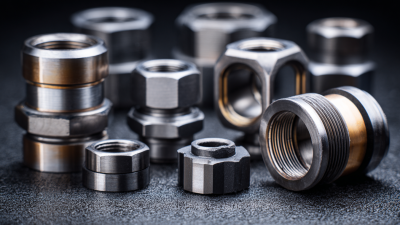
The Future of Best Compression Fittings Revolutionizing Global Supply Chains
-
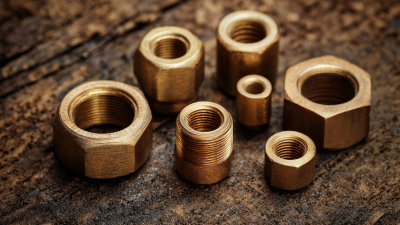
Discover Exceptional PPSU PEX Fittings from Leading Chinese Manufacturers for Global Procurement
-
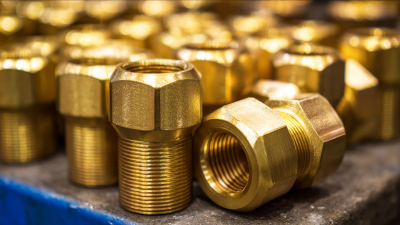
7 Essential Tips for Sourcing High-Quality Brass Elbows in Today's Global Market
-
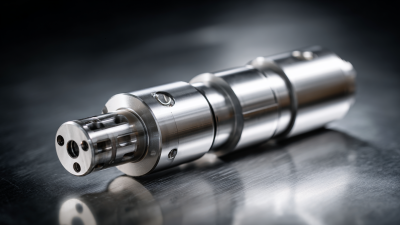
How to Select the Best OEM Precision Parts for Your Manufacturing Needs
-

Ensuring Excellence in Manufacturing Standards for Best Ppsu Pex Fittings
-
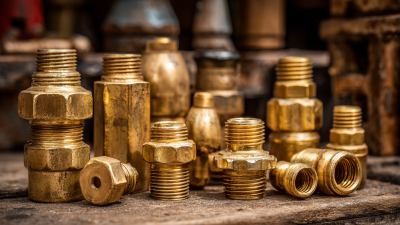
The Ultimate Guide to Sourcing High-Quality Brass Fittings for Your Business Needs
